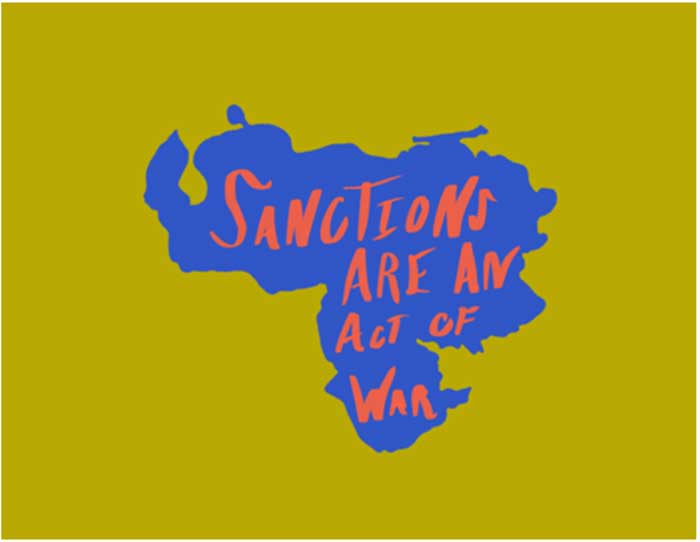
Western currencies have almost been completely phased out in Russia-China trade, as nearly all payments between the countries are now carried out in rubles and yuan, according to Russian Prime Minister Mikhail Mishustin.
The statement was made during a meeting on Tuesday with his Chinese counterpart, Li Qiang. The Russian PM is on a two-day visit to Beijing for a scheduled meeting of Russian and Chinese heads of government.
“We continue to increase the share of national currencies in mutual settlements. If in 2020 this figure was about 20%, then this year we have actually completely gotten rid of the currencies of third countries in mutual settlements,” Mishustin stated.
He also mentioned strengthening business relations, recalling that a joint business forum held in Shanghai in May attracted more than 1,500 entrepreneurs from both countries.
“We are creating comfortable conditions for the work of commercial firms on the Russian and Chinese markets. We have an extensive joint agenda,” Mishustin emphasized.
In turn, Li Qiang noted that cooperation between Moscow and Beijing continues to strengthen and is becoming increasingly important against the backdrop of “global turbulence.”
Russia and its trade partners have started to switch to alternative currencies in mutual trade after sanctions effectively cut Moscow off from the Western financial system. A growing number of nations are turning to national currency settlements in trade.
Russia Calls On BRICS To Ditch Dollar
A media report said:
The sustainable development of financial relations and settlements within the BRICS organization is very important for all member states, Russian Finance Minister Anton Siluanov has said.
The statement was made at the Russia-China Financial Dialogue forum in Beijing on Monday, where Siluanov met with his Chinese counterpart, Lan Foan.
The BRICS group of emerging economies – which currently incorporates Brazil, Russia, India, China, and South Africa – has been discussing ways to facilitate payments in local currencies between member countries. The bloc aims to reduce their reliance on the US dollar and the euro for accelerated growth.
“We need to further develop financial cooperation within the BRICS countries. Here we see opportunities to develop a payments system that would be independent of the infrastructure, which does not always fully fulfill the goals of individual countries,” Siluanov stated.
“Therefore, the sustainable development of financial relations and settlements on the BRICS platform is important for us, and we believe that it is necessary to work out such issues, and today we will consider a number of them,” he added.
Russia and its trade partners among developing nations, including fellow BRICS members, have started to switch to alternative currencies in mutual trade, after sanctions effectively cut Moscow off from the Western financial system. A growing number of nations are turning to national currency settlements in trade.
BRICS Overtaking G7 In Economic Might
A Bloomberg report said:
The rapid rise of the BRICS is transforming the global economy, with the group’s share of world GDP in terms of purchasing power parity (PPP) set to rise well beyond of that of the Group of Seven (G7) major advanced economies.
BRICS will be joined in January by Argentina, Egypt, Ethiopia, Iran, Saudi Arabia, and the UAE.
The G7 club of industrialized and developed countries consists of the US, Canada, the UK, France, Italy, Germany, and Japan.
The report indicated that the expanded BRICS are already larger than the G7. In 2022 the bloc accounted for 36% of the global economy, versus 30% for the advanced economy group.
“Our forecasts suggest an expanding workforce and ample room for technological catch-up will boost the BRICS+ share to 45% by 2040, compared with 21% for G7 economies. In effect, BRICS+ and the G7 will have swapped places in relative size between 2001 and 2040,” Bloomberg said.
The outlet also pointed out that the expanded BRICS economic group will contain some of the world’s largest oil exporters, namely Saudi Arabia, Russia, UAE and Iran, as well as some of its biggest importers – China and India.
“If it [BRICS] succeeds in shifting some settlement of oil transactions toward other currencies, that could have a knock-on effect on the share of the dollar in international trade and global foreign exchange reserves,” the report added, noting that the BRICS members have been working actively to abandon the greenback in their trade.
While highlighting the advantages of BRICS, such as its size, diversity and ambition, the report also pointed out some of the challenges facing the group, including China’s economic slowdown, the inability to shift away from the petrodollar in the near future, as well as a ‘reluctance’ to promote a single alternative.
“The BRICS will change the world, but perhaps more because of their rising share of GDP and divergent political and economic systems than through the realization of policymakers’ grand plans,” Bloomberg concluded.












































